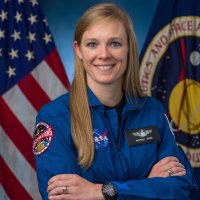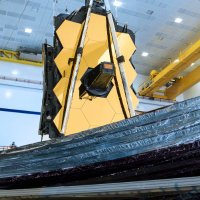
Haygen Warren
@haygenwarren
Editor @NASASpaceflight | Astrophysics, spaceflight, and meteorology | @UNCPhysics ‘27 | Opinions are my own
ID: 1048801333778796544
http://NASASpaceflight.com/author/haygen/ 07-10-2018 05:04:58
16,16K Tweet
3,3K Followers
1,1K Following



Over 30 years after the end of its mission, NASA’s Magellan mission recently provided new insight into tectonic processes on Venus. Scientists studied large, rounded geologic features called coronae by combining Magellan data. By Martijn Luinstra ⬇️ nasaspaceflight.com/2025/05/magell…




Flight 9 - Booster 14 and Ship 35 soar from Starbase, TX. 📸 - NSF - NASASpaceflight.com 📺 - youtube.com/live/hAdLlG9Rf…



Liftoff of Starship on Flight 9 in the setting sun yesterday evening. 📸: NSF - NASASpaceflight.com



Good news for Mission To Psyche ! science.nasa.gov/blogs/psyche/2…


Starship Flight 9. NSF - NASASpaceflight.com

The Orion spacecraft for Artemis III has come alive in KSC's O&C building, according to Lockheed Martin Space The Orion team recently powered on the Artemis III spacecraft’s computers for the very first time. This milestone involved two vehicle management computers and the six power and
















